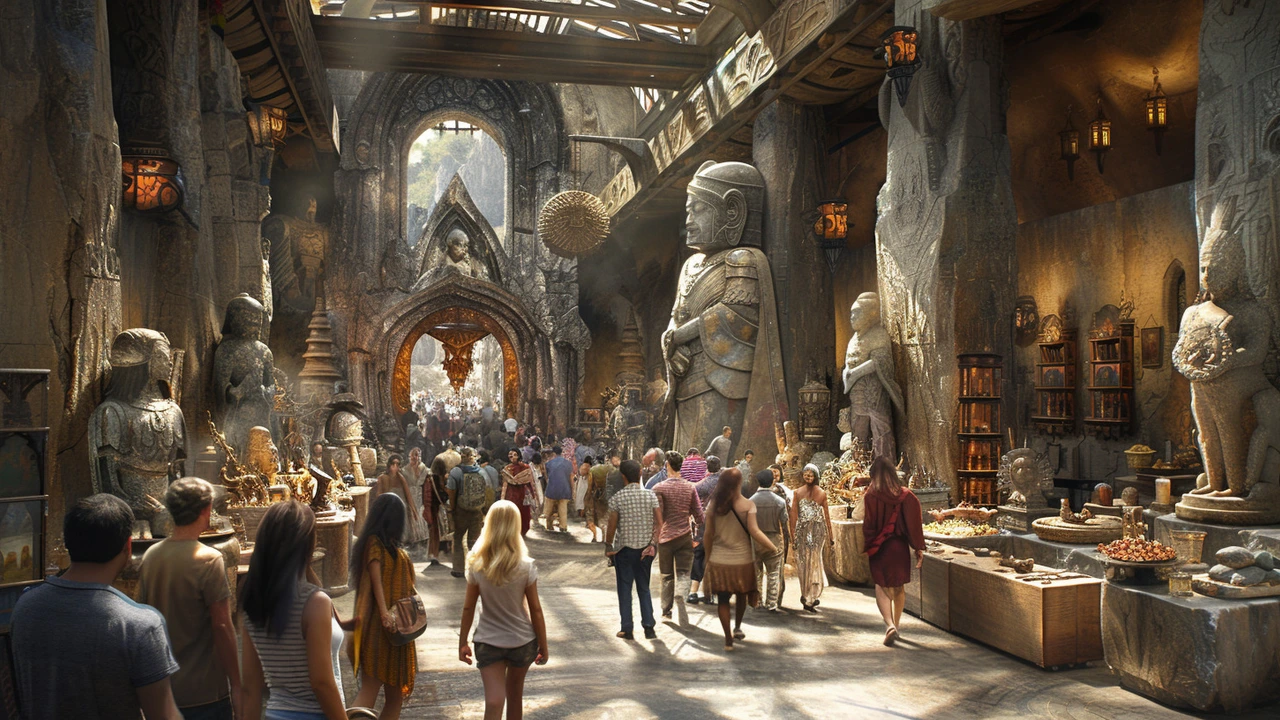Macabre Imagery: What It Is and Why It Grabs Us
Why are we drawn to the dark side of art? Macabre imagery uses death, decay, and the unsettling to make a point. It’s not just shock for shock’s sake—good macabre art makes you think, feel, or question something you assume to be safe.
At its core, macabre imagery shows subjects that remind us of mortality or the strange edges of life: skulls, corpses, ruined places, or odd juxtapositions that feel wrong. That combination of truth and discomfort is what hooks viewers and keeps a work alive in the memory.
Where Macabre Imagery Comes From
This style isn’t new. Medieval Europe used the danse macabre and memento mori to remind people that life ends. Painters like Hieronymus Bosch filled canvases with unsettling scenes to question faith and behavior. In the 19th and 20th centuries, artists such as Francisco Goya and Edvard Munch used stark, disturbing images to expose social wrongs and inner fear. Today, artists like Damien Hirst push boundaries with installations that force public debate about life, death, and value.
Those examples show a key point: macabre imagery often carries a message—moral, social, or psychological. It’s a tool to confront hard truths, not just a collection of creepy visuals.
How Artists Use Macabre Imagery
Artists use macabre elements to do different jobs. Sometimes they point a finger at society, like showing violence to critique power. Sometimes they dig into personal trauma or mental pain. Other times the macabre becomes a metaphor—rotting fruit for failing systems, empty rooms for loneliness.
Technically, artists rely on contrast, texture, and lighting to make the macabre work. High contrast and harsh shadows create tension. Rough surfaces, cracks, and decay add realism. Scale matters: a giant skull in a small room feels oppressive; a tiny disturbed detail in a big painting forces you to look closer. Materials can help too—found objects, rusted metal, or natural decay add authenticity.
There’s also a balance to strike. Relying only on gore or shock weakens meaning. The strongest macabre pieces pair upsetting images with clear ideas or strong craft.
Practical Tips for Making and Looking at Macabre Art
If you make macabre work, start with one clear idea. Research symbols—skulls, clocks, wilted flowers each carry different meanings. Think about your audience: warn viewers if your piece might be intense, and consider ethical limits (for example, avoid harming animals). Use light and texture to suggest more than show. A shadow or suggestion can be more powerful than explicit detail.
If you’re viewing macabre art, pause and ask: What is the artist pointing to? What feelings come up, and why? Look for symbols and context—titles, dates, and artist statements often unlock meaning. Take breaks if a piece feels overwhelming; strong art can be draining.
Macabre imagery can shock, teach, and move you. When it’s done with purpose and craft, it opens a direct line to things we usually avoid talking about. If you want more examples, check the related posts on Paul Artistry and see how different artists handle the dark side in their own ways.

